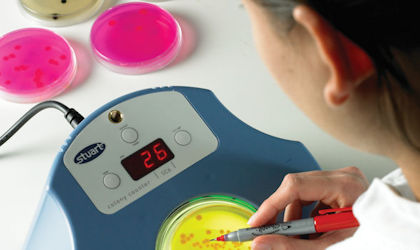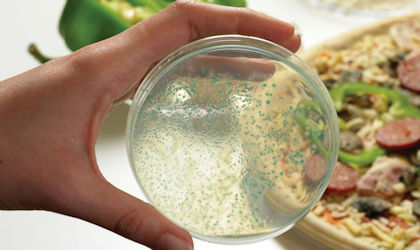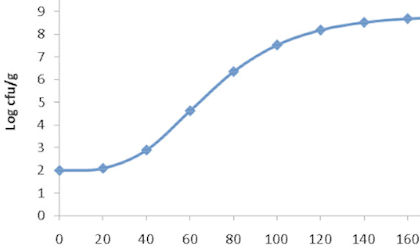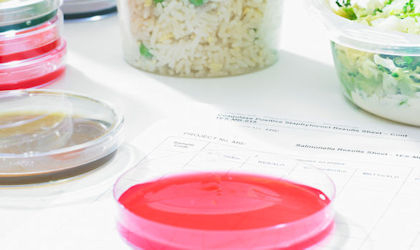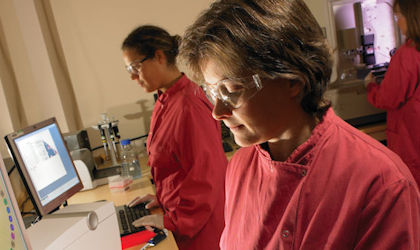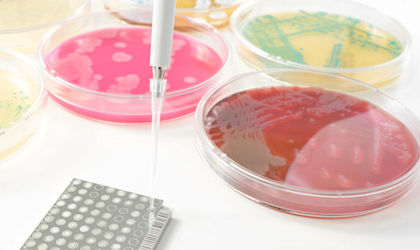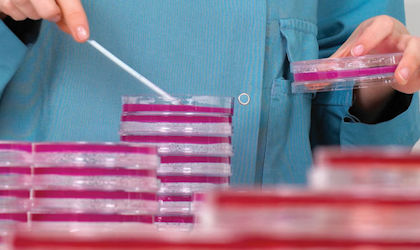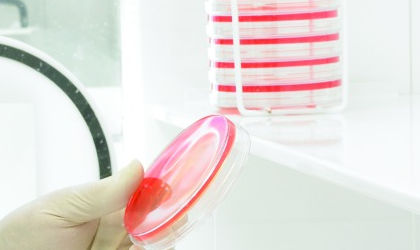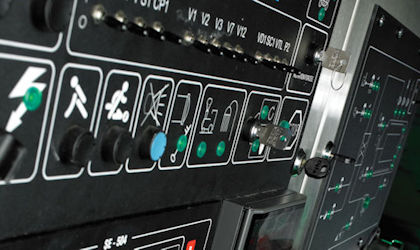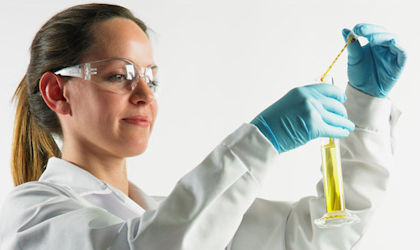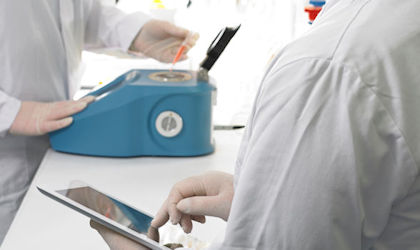Campden Microbiology Proficiency Scheme

To discuss your needs
Want to know how well your microbiology laboratory is performing? Our newly upgraded proficiency scheme will tell you.
What is the Campden Microbiology Proficiency Scheme (CMPS)?
It’s a membership-based scheme to assess how well each laboratory performs by comparing their results anonymously with others.
How does it work?
- Your CMPS test material will arrive through the post depending on which distribution you choose
- You have 3 weeks to analyse and return the results
- The data is independently analysed by Campden BRI in line with ISO 13528:2022
Why join?
- We’re the only scheme that offers help and support should you experience a failure
- Measure your lab’s performance against others
- Have confidence in your results
- Full support including advice and ‘trouble shooting’ available
- Service provided under the recognised ISO 9001 management system
Easy to use
- Clear instructions
- User-friendly interface
If you would like to find out more information, see our frequently asked questions or contact our support team.
Join the scheme
Key services
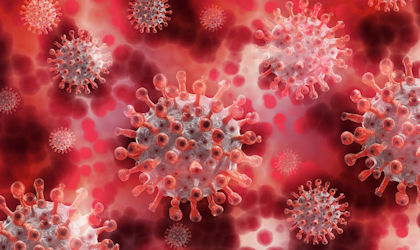
COVID-19 (SARS-CoV-2)
Environmental testing and prevention to help the food industry control SARS-CoV-2.
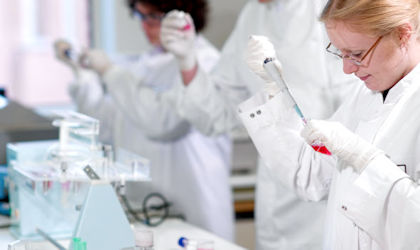
Microbiological analysis and testing
Covering pathogens, spoilage organisms, and indicator organisms
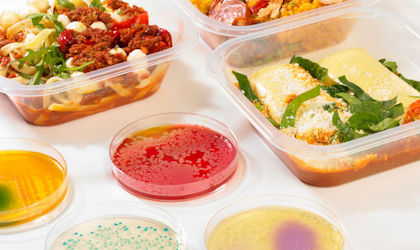
Microbiological shelf-life
Product safety, retaining sensory, microbiological and chemical characteristics.
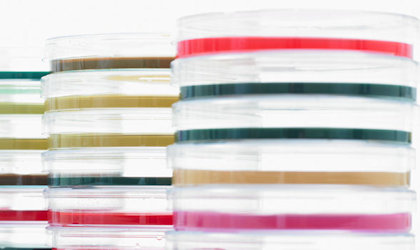
Microbiological methods evaluation
Evaluating microbiological methods, validation and interpretation.
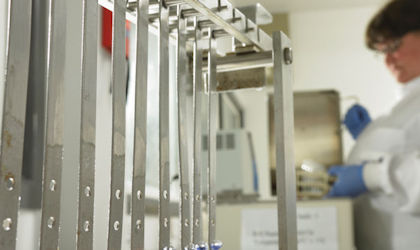
Heat resistance
Determine whether the process you are using will be sufficient to achieve your aims.
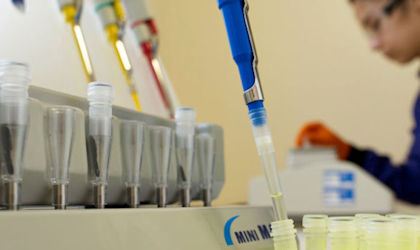
Detection and control of foodborne viruses
Foodborne viruses are a safety challenge for a range of foods.
Microbiology training courses
Explore our microbiology related courses including; Understanding microbiology for non microbiologists and Setting shelf life: how to do it better
Are you getting the most from your Membership?
Watch our membership FAQ videos and find out more about Member Service Account spending, Member Interest Groups, help and advice
Where we refer to UKAS Accreditation
The Campden BRI group companies listed below are accredited in accordance with the recognised International Standard ISO/IEC 17025:2017 by the United Kingdom Accreditation Service (UKAS). The accreditation demonstrates technical competence for a defined scope of methods, specific to each site, as detailed in the schedules of accreditation bearing the testing laboratory number. The schedules may be revised from time to time and reissued by UKAS. The most recent issue of the schedules are available from the UKAS website www.ukas.com. Campden BRI (Chipping Campden) Limited is a UKAS accredited testing laboratory No. 1079


